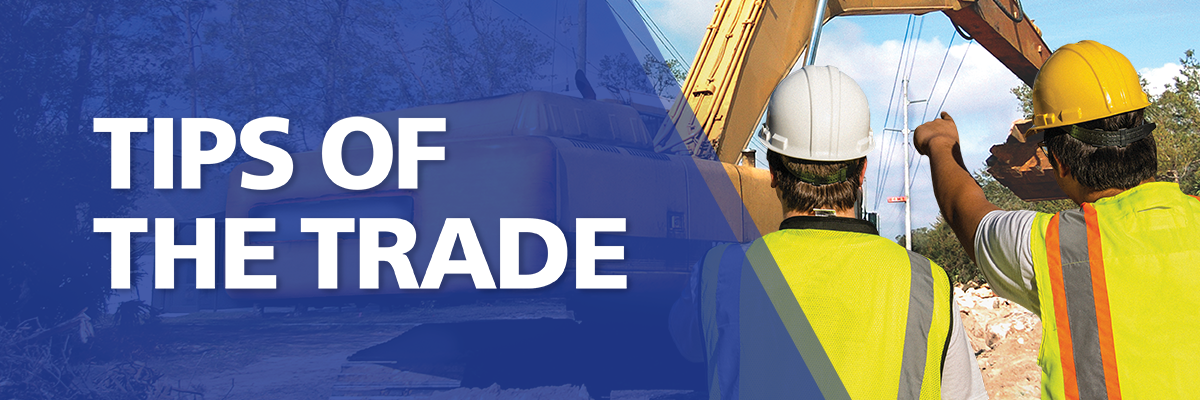|
 |
|
| Review these tips with coworkers at your tailgate or tool box meetings before work begins to help avoid potential hazards when working near natural gas pipelines or other utility lines. |
Order our FREE worker safety training kit on the Unitil
e-SMARTworkers website. |
|
|
|
|
| Natural Gas and Electric Lines May Intersect Sewer Lines |
Unitil and other utilities use horizontal directional digging to install utility lines underground beneath streets, driveways, and mature trees. This approach is common in the utility industry because it causes less environmental disruption than open digging. Unitil uses current techniques to detect sewer lines during directional digging. However, because many older sewer lines are not easily identifiable, in the past we may have unintentionally bored our gas or electric lines directly through sewer lines in what are known as “cross bores.”
|
| Know the Dangers |
Eventually, a cross bore in a sewer lateral will lead to a blockage. A worker who attempts to remove the blockage with mechanical equipment risks damaging a gas or electric line with potentially catastrophic results. The worker may receive a life‐threatening electric shock or cause a dangerous release of natural gas. The leaking gas may migrate undetected into nearby sewer lines and buildings, with high risk of fire and explosion.
|
| Call Before Clearing the Sewer Line |
Before anyone clears a blockage, call before you clear. Call Unitil’s gas emergency number, below, for immediate assistance. Unitil will dispatch a technician to meet with you and your plumber and locate the gas pipeline.
|
| Would You Like to Know More? |
| Additional electrical and natural gas safety tips, case studies, instructional videos, and training tools can all be found, at no charge to you, on Unitil’s e-SMARTworkers website. |
|
